Aviation Ministry Working Towards Hiring Enough Air Traffic Controllers Amid Growing Air Traffic
Radhika Bansal
26 Oct 2023
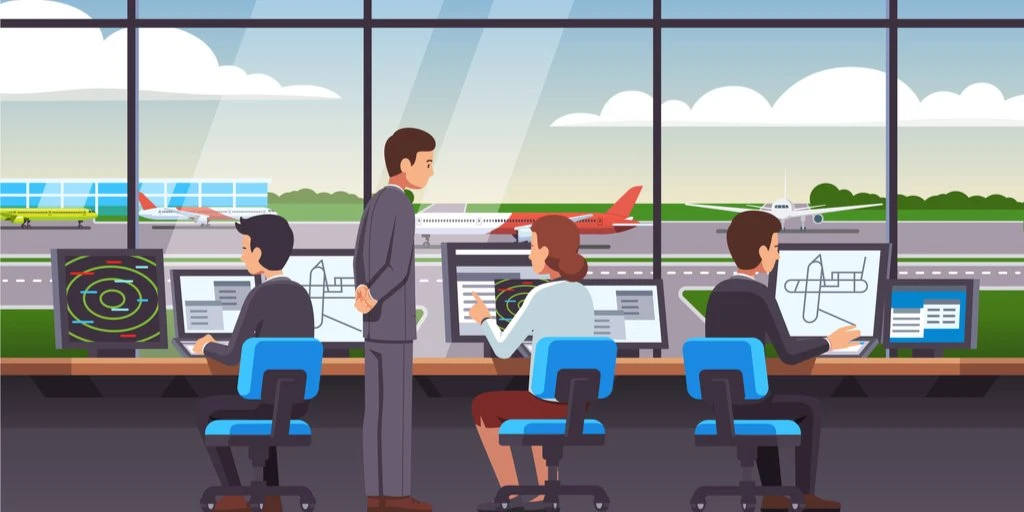
As India prepares to safely reduce lateral separation, or the distance between two aircraft cruising in the same direction and at the same altitude, from the current 10 nautical miles (18 km) over the next few months to handle more air traffic, the government says it is "ensuring an adequate number of air traffic control officers (ATCO)". The Airports Authority of India (AAI), a state-run organisation, is responsible for providing air navigation services. It is a sovereign role that AAI has been given.
According to a report by The Times of India, Ensuring that an adequate number of ATCOs, particularly during the unprecedented growth of the civil aviation sector (is) a priority for the aviation ministry. The shortage of ATCOs could have attracted adverse remarks from the International Civil Aviation Organisation (ICAO) and could have impacted India's global ranking and passenger safety.
Importance of ATCOs
Keeping the importance of having sufficient ATCOs for the civil aviation sector in the country, 796 positions of ATCOs in AAI have been created since July 2021 which will ensure safe navigation services in the country,” the aviation ministry said in a statement recently.
Regarding ATC licensing, the ministry says: “The indicative timelines published for the issue of ATCO Licenses by the DGCA is 20 working days. Against this, the average time taken in 2023, so far, is 14.5 days.” AAI has begun preparations to safely reduce lateral separation between aircraft — meaning those going in the same direction at the same altitude — and handle more air traffic as India gears up for a significant increase in airport capacity.
The aviation ministry stated earlier this year that to guarantee aviation safety, the AAI had established up to 796 air traffic controller posts. It claimed that a controller shortage may have lowered India's standing internationally and drawn criticism from the International Civil Aviation Organisation (ICAO).
An ATC's work is really hard. A controller is only permitted to operate for a maximum of 12 hours at a time under current regulations. Additionally, in crowded airports, they must be given a 30-minute break every two hours, and in less busy airports, a 45-minute break every three hours. It is also necessary to take a 48-hour break following each night shift.
AAI, which provides air navigation services or ATC, is working on reducing the current separation of 10 nautical miles (18 km) by about half over the next year or so by obtaining the required approvals from the Directorate General of Civil Aviation (DGCA).
The aimed timeframe is understandable as Delhi NCR and Mumbai Metropolitan Region are all set to get their second airports before the end of next year. Goa has already got a second airport. Metros like Bengaluru, Hyderabad and several other places will see a significant expansion in airport capacity. Delhi’s existing IGI Airport, the busiest in India and South Asia, has got four runways now all of which will be in use by next summer.
Growth of the Indian Aviation Sector
Union aviation minister Jyotiraditya Scindia recently said that at the current rate of growth, India — the world’s fastest-growing aviation market — is expected to have 42.5 crore air passengers annually by 2035 from the current 14.5 crore. The country will have 230-240 airports, including heliports and water aerodromes, by 2030, up from 148 now. The combined fleet size of Indian carriers is expected to double from the current 700 by the end of this decade with mega orders from IndiGo and Air India.
“A lot of work is visible on the ground with new terminals, runways or new airports being built and existing ones being expanded in many cities. Simultaneously work is on to increase the capacity in the air on the ATC side. More airport capacity means more planes in the air and that requires a lot of work to ensure that safety remains paramount as air traffic zooms,” the report quoted officials.
(With Inputs from The Times of India)
Read next
In the heart of Silicon Valley, a groundbreaking project is set to captivate not only the tech-savvy residents but also aviation enthusiasts and environmentalists alike. Google co-founder Sergey Brin's brainchild, the Pathfinder 1 airship, is about to take to the heavens. This venture marks a significant leap in airship technology, promising to revolutionize cargo transport and humanitarian missions.
Pathfinder 1: The Vision and the Milestone
LTA Research and Exploration, founded by Sergey Brin in 2015, is a company dedicated to advancing airship technology for humanitarian and cargo purposes. Their flagship airship, Pathfinder 1, recently received a special airworthiness certificate, paving the way for it to undergo flight tests at Moffett Field in Silicon Valley. The certificate allows for flight within the Moffett Field and Palo Alto airport airspaces, reaching heights of up to 460 meters, without interfering with commercial airport traffic.
The Prototype - Airship 3.0
LTA Research and Exploration quietly made their first sale - an 18-meter long, 12-engined, all-electric aircraft named Airship 3.0. Remarkably, the purchase price was reported at just $18.70. However, this sale wasn't a cash-out endeavor by Sergey Brin; rather, it's an essential part of the development process. The buyer, Nicholas Garafolo, an associate professor at the University of Akron, leads LTA's Akron research team. This symbolic purchase price of $18.70 nods to the university's founding year in 1870.
FAA Certification
The FAA certification permits LTA to fly Pathfinder 1 within the confines of Moffett Field and neighboring Palo Alto airport's airspaces, up to an impressive height of 460 meters (1500 feet). This offers the airship the capability to venture over the south San Francisco Bay without disrupting the operations of San Jose and San Francisco International commercial airports. The certificate acknowledges the experimental nature of Pathfinder 1's flight test program.
Pathfinder 1's Cutting-Edge Design
Pathfinder 1's design is nothing short of revolutionary. While it pays homage to the early 20th-century airships in its rigid structure, it stands out with several unique features:
- Helium Lifting Gas: Unlike its historical predecessors, Pathfinder 1 uses non-flammable helium as a lifting gas, avoiding the dangers of explosive hydrogen.
- Hybrid Propulsion: The airship boasts a hybrid propulsion system, combining two 150-kilowatt diesel generators with 24 batteries, which power its electric motors. Future iterations may explore hydrogen as a fuel source.
- Vertical Takeoff and Landing (VTOL): Thanks to twelve electric motors and four fin rudders, Pathfinder 1 can perform VTOL, providing flexibility in its operations.
- Advanced Materials: The airship incorporates 96 welded titanium hubs and 288 carbon fiber reinforced polymer tubes, ensuring a lightweight yet sturdy structure.
- Innovative Controls: Designed for single-pilot operation, it features dual controls and accommodates a second pilot for initial flight testing.
Future Prospects and Humanitarian Missions
The primary mission of LTA Research and Exploration is to utilize its airships for humanitarian missions. These airships are expected to deliver cargo and personnel to areas inaccessible by road, revolutionizing disaster relief efforts. Sergey Brin's non-profit, Global Support and Development, has already demonstrated the potential of this technology in sea missions, which could serve as a blueprint for humanitarian airships.
Following extensive flight testing in California, Pathfinder 1 will head to Akron, Ohio, where the former Goodyear Airdock airship hangar has been acquired as the future manufacturing location. Here, an even larger airship, the Pathfinder 3, is already under development.
Incorporating Lidar Technology
While evoking nostalgia with its design, Pathfinder 1 embraces cutting-edge technology. Lidar systems are installed atop each helium gas cell, providing a detailed view of the internal hull's volume. Pilots can use this information during flight to maintain proper pitch and avoid undue stress on the structure. This application of lidar technology showcases the synergy between old-world charm and modern precision.
Balancing Gas Choices: Helium and Hydrogen
An intriguing aspect of Pathfinder 1 is its use of both helium and hydrogen. Helium provides the lift, while hydrogen powers the electric engines. Hydrogen, with its light weight and energy potential, is uniquely suited for this hybrid approach. It represents a forward-thinking solution to the challenges of providing power and range for airships designed for humanitarian missions.
Conclusion
Pathfinder 1 is not just another vehicle; it's a testament to human innovation and a step towards a more sustainable and efficient future. With its innovative design, state-of-the-art technology, and humanitarian focus, it promises to transform the landscape of air transport.
Sergey Brin's pioneering efforts with Pathfinder 1 have the potential to usher in a new era of airships, marking a significant chapter in the annals of aviation history. As Pathfinder 1 takes to the skies, it will undoubtedly inspire and pave the way for the future of airship travel and humanitarian missions.
With Inputs from IEEE Spectrum (1) (2) (3), Composites World
Read next
GPS Spoofing Incidents Raise Alarms Over Airline Navigation in the Eastern Mediterranean
Abhishek Nayar
26 Oct 2023

In recent weeks, the aviation industry has been facing a growing threat as multiple cases of GPS spoofing have been reported over the eastern Mediterranean, Egypt, and on approach to Amman, Jordan. These alarming incidents, which have the potential to severely impact aircraft navigation, come in the wake of previous warnings by OpsGroup about similar issues along the Airway UM688 in Iraq. With GPS spoofing cases increasing, aviation authorities are facing mounting pressure to address this concerning issue.
The Threat of GPS Spoofing
What is GPS Spoofing?
GPS spoofing is a deceptive technique where an aircraft's GPS receiver is manipulated to provide false location information. This can lead to incorrect positioning on the aircraft's systems, which can result in unintended deviations from planned routes.
Incidents in the Eastern Mediterranean and Egypt:
OpsGroup reports have highlighted disturbing cases where aircraft have been misled into believing they were over Ben Gurion International Airport (LLBG) in Tel Aviv when they were actually far from the area. For instance, a Boeing 777 southeast-bound from the Nicosia/Cairo FIR boundary experienced a 30-minute period during which it believed it was stationary over LLBG, despite being 137 nautical miles away. Similarly, an Airbus A330 had its moving map display the aircraft as stationary over LLBG while it was actually 212 nautical miles from that location.
Amman, Jordan:
GPS spoofing also affected a Bombardier Challenger 350 on an RNAV approach into Amman, Jordan. The crew reported severe jamming and confusion in the aircraft's Inertial Reference System (IRS), indicating that GPS spoofing was occurring during the approach. These incidents highlight the potential danger that GPS spoofing poses to both commercial and private aviation.
Lack of Operational Guidance
Perhaps more concerning is the apparent lack of useful operational guidance from regulatory bodies such as the FAA and EASA, as well as Original Equipment Manufacturers (OEMs). Despite the increasing frequency of these incidents, the industry has yet to provide comprehensive solutions or countermeasures for operators to protect their aircraft from GPS spoofing.
Conclusion
The recent surge in GPS spoofing incidents in the eastern Mediterranean, Egypt, and on approach to Amman, Jordan, is a matter of grave concern for the aviation industry. It is evident that GPS spoofing poses a significant threat to aircraft navigation, potentially leading to unintended deviations from planned routes and, in some cases, causing confusion among flight crews.
Urgent action is needed from regulatory bodies and OEMs to address this issue and provide clear guidance to protect against GPS spoofing. In the meantime, aircraft operators and flight crews must remain vigilant and be aware of the potential for GPS spoofing when flying in the Middle East and Mediterranean regions to ensure safe and accurate navigation.
With Inputs from Air Online
Read next
Southwest Airlines Reaches Tentative Agreement with Flight Attendants' Union
Abhishek Nayar
26 Oct 2023
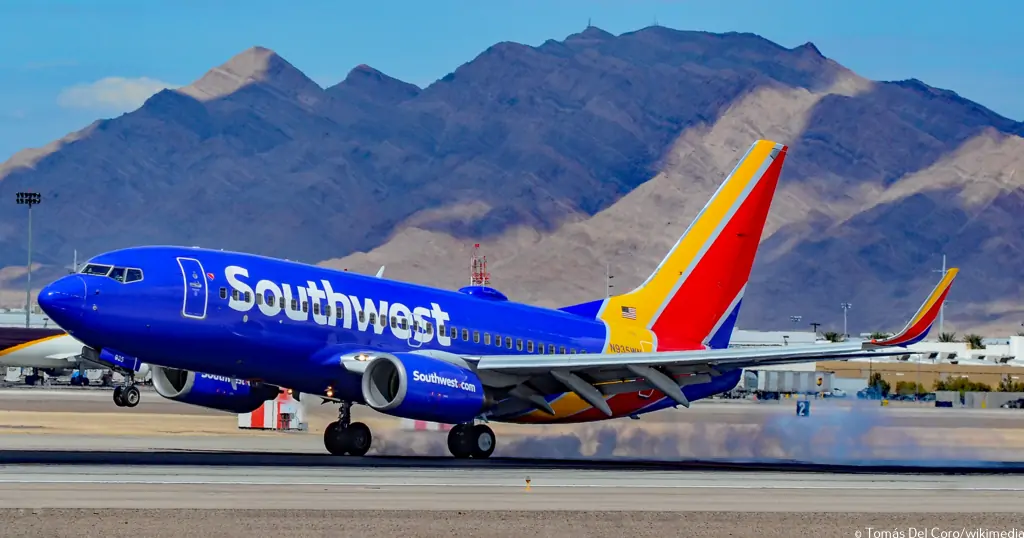
In a groundbreaking development, Southwest Airlines announced on October 25, 2023, that it has successfully reached a tentative agreement with the Transport Workers Union Local 556, representing nearly 19,000 flight attendants. This historic accord marks a significant milestone in labor relations within the U.S. airline industry, as it addresses long-standing concerns related to pay raises and work-life balance for flight attendants.
The Path to Agreement
The Transport Workers Union Local 556, representing Southwest's dedicated flight attendants, has voiced their concerns over the lack of pay raises for their members over the last four years. This contentious issue had brought them to the negotiating table, seeking not only better compensation but also improvements in their work-life balance.
Southwest Airlines, known for its unique corporate culture and industry-leading customer service, recognized the importance of addressing the flight attendants' demands. After extended negotiations, both parties have now come to a consensus.
Key Points of the Agreement
While the exact details of the agreement remain undisclosed to the public at this point, it is known that the agreement will touch on several crucial aspects, including:
- Pay Raises: The primary concern of the flight attendants has been the absence of pay raises over the past four years. The agreement is expected to address this issue by providing a well-deserved increase in compensation for Southwest's flight attendants.
- Work-Life Balance: In addition to pay raises, the agreement will likely address work-life balance concerns raised by the flight attendants. This is a particularly important issue, as the demanding nature of the job can often impact the personal lives of these dedicated professionals.
- Voting Timeline: The Transport Workers Union Local 556 will be responsible for communicating the agreement's details and the voting timeline directly to its members. This ensures that the union members have a say in the final approval of the agreement.
A Trend in Labor Unions
Southwest Airlines isn't the only company facing demands from its workforce. In the past two years, labor unions across various industries, including aerospace, construction, airlines, and rail, have been pushing for higher wages and improved benefits. This surge in labor activism has been driven, in part, by the challenges posed by the tight labor market and the increasing cost of living.
In August, Southwest Airlines took a significant step forward in labor negotiations by reaching a tentative labor agreement with the union representing approximately 17,120 transport workers responsible for ramp, operations, provisioning, and cargo. This agreement underscores the company's commitment to addressing the concerns of its employees across various roles.
Conclusion
The tentative agreement between Southwest Airlines and the Transport Workers Union Local 556 is a historic milestone in the airline industry. While the specifics of the agreement remain confidential for now, it is clear that the airline has heard the concerns of its flight attendants regarding pay raises and work-life balance. As the union communicates the details and the voting process to its members, this development sets a significant precedent for addressing labor issues in the ever-evolving landscape of the U.S. airline industry.
With Inputs from Reuters
Read next
As Jet Airways strives to make a comeback, the fate of several of its Boeing 777 aircraft remains in limbo. These once high-flying planes now sit grounded, gathering dust, and losing value by the day.
The ongoing dispute between the carrier's lenders and the winning bidders has cast a shadow over the prospects of their sale. However, a recent ruling by the National Company Law Tribunal (NCLT) in India has breathed new life into the possibility of selling three of these Boeing 777 aircraft.
The Dispute Over Boeing 777 Aircraft
Ace Aviation VIII Limited, owned by Challenge Airlines, had expressed a strong interest in acquiring three Boeing 777-300ER aircraft belonging to Jet Airways. Their bid was successful, but the sale was halted due to financial disputes between the winning bidder and the creditors of Jet Airways, known as the Jalan-Kalrock consortium (JKC).
In July, Ace Aviation sought the intervention of the NCLT to resolve the deadlock. The NCLT concluded that it was the responsibility of the lenders and the monitoring committee to clear the impasse, allowing the sale to proceed. While the lenders were inclined to sell the aircraft, JKC and former employees of Jet Airways were in favor of waiting.
The Lingering Consequences of Delay
Ace Aviation VIII Limited paid a substantial $4.6 million deposit to secure the Boeing 777 aircraft and an additional $1 million to participate in the auction for more of these valuable jets. However, in November of the previous year, the company received a notification from Jet Airways, stating that the sale process would be delayed and would resume in the next 60-90 days. Unfortunately, that never materialized.
Eshel Heffetz, CEO of Challenge Airlines, expressed concerns about the continuing delays. He highlighted the critical issue that aircraft like the Boeing 777 can only deteriorate in value as time goes by. Furthermore, the longer these planes remain grounded, the more extensive the work required to reactivate them will become. This increases the cost of the endeavor significantly and could eventually render the deal commercially unviable for the potential buyers.
The Urgent Need for Resolution
The delay in selling these Boeing 777 aircraft not only affects Ace Aviation VIII Limited but also underscores the broader challenges Jet Airways faces in its recovery efforts. The longer these valuable assets remain unused, the more they depreciate, and the harder it becomes to bring them back into service.
The NCLT's decision to initiate the sale process for these aircraft is a positive step towards resolving the ongoing disputes. It sends a strong message that time is of the essence, and all parties involved must come to an agreement promptly to prevent further deterioration of the aircraft's condition and preserve their value.
Conclusion
Jet Airways' journey to recovery is fraught with challenges, and the fate of its Boeing 777 aircraft is a critical element in this process. The NCLT's order to expedite the sale of these aircraft highlights the urgency of the situation. All stakeholders must work collaboratively to reach a resolution, ensuring that these valuable assets are not lost to the ravages of time. The outcome of this case will not only impact the future of these specific aircraft but also serve as a crucial test of Jet Airways' ability to reestablish itself as a prominent player in the aviation industry.
Read next
In the next year, Air India Express, owned by the Tata Group, will double its number of pilots by inducting 350 new ones currently undergoing training, The Financial Express (FE) reported on Wednesday, October 25 quoting the airline's managing director Aloke Singh. Currently, the airline has 400 pilots, and the headcount may go as high as 900. New aircraft scheduled to join the Air India Express fleet will fuel the recruitment drive. The airline wants to expand its domestic footprint and roll out new flight networks.
Air India Express has been actively recruiting pilots this year. Air India Express conducted various roadshows in multiple cities towards the middle of the year amid a pilot recruitment drive. The airline invited applications for various positions, including Pilot-In-Command, Captains, Co-pilots, and Transition First Officers for the Boeing 737NG and 737 MAX aircraft. Recently, Akasa Air faced a mass resignation from a large chunk of its pilots, many of whom have reportedly joined Air India Express.
"With 50 aircraft set to be inducted into the fleet over the next 15 months, we double in size in a short period. Over the next 5 years, we aim to grow to a fleet of about 170 narrow-body aircraft, with a network spanning the domestic India and short-haul international markets," Singh said. This translates into a minimum count of new aircraft inductions of 70. Typically, one aircraft needs 15-16 pilots.
The airline will receive around 50 new B737 MAX aircraft over the next 15 months, an impressive rate of fleet growth, and will naturally need more pilots to support this expansion. Furthermore, it will also get several Airbus A320 aircraft from AirAsia India, with the merger of the two airlines underway.
"Between now and the end of 2024, we will induct one new aircraft every six days," Air India chief Campbell Wilson said. “With the merger now in the final stages, we are also seeing the transformation of the aviation landscape,” he added.
Merger & Expansion Plans
A subsidiary of Air India, Air India Express is in the process of merging low-cost domestic carrier AirAsia India with itself and last week unveiled its new brand identity. Air India Group, comprising Air India, Air India Express, AIX Connect and Vistara, is owned by the Tatas, which is also in the process of consolidating its airline business. The merger is anticipated to be completed by March next year. The merged entity will be the single low-cost airline subsidiary of full-service airline Air India.
In the medium to long term, Air India Express is looking at regional, short-haul international markets in South Asia such as Bangladesh, Nepal, Sri Lanka, and Maldives. In about 6-12 months, it will look at Southeast Asian destinations like Vietnam, Thailand and Malaysia. “As of today, the airline, as a common entity, the share split between domestic and international is 50:50. Broadly, it will be maintained in a five-year horizon. In the next year, we might be a little skewed towards international because we want to catch up on the growth we have lost. We see these routes as more profitable and more efficient,” Singh added.
Formed to serve short-haul international routes such as the destinations in the Middle East, Air India Express has a negligible share in the domestic market. As of September end, Air India Express only has a 7.1% market of domestic market share, which is entirely of AirAsia India, according to data from the Directorate General of Civil Aviation (DGCA).
(With Inputs from Financial Express)


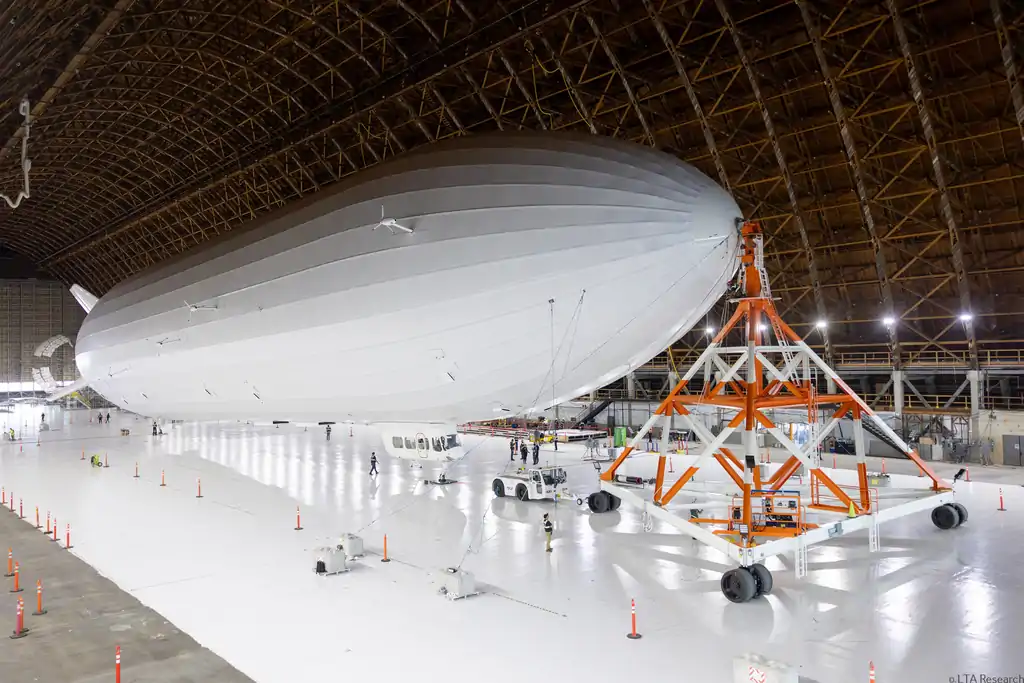
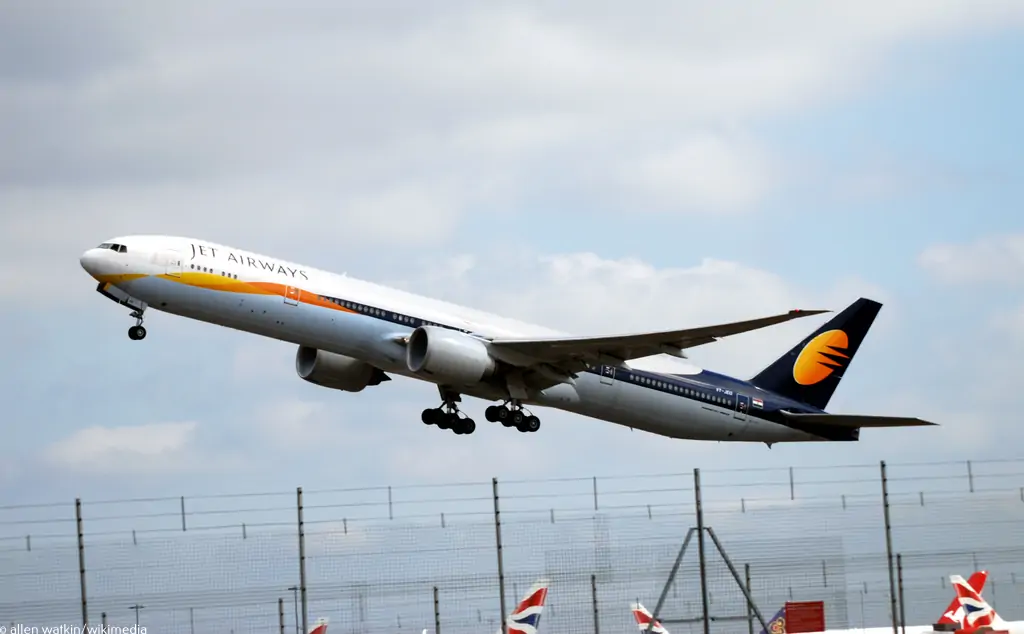
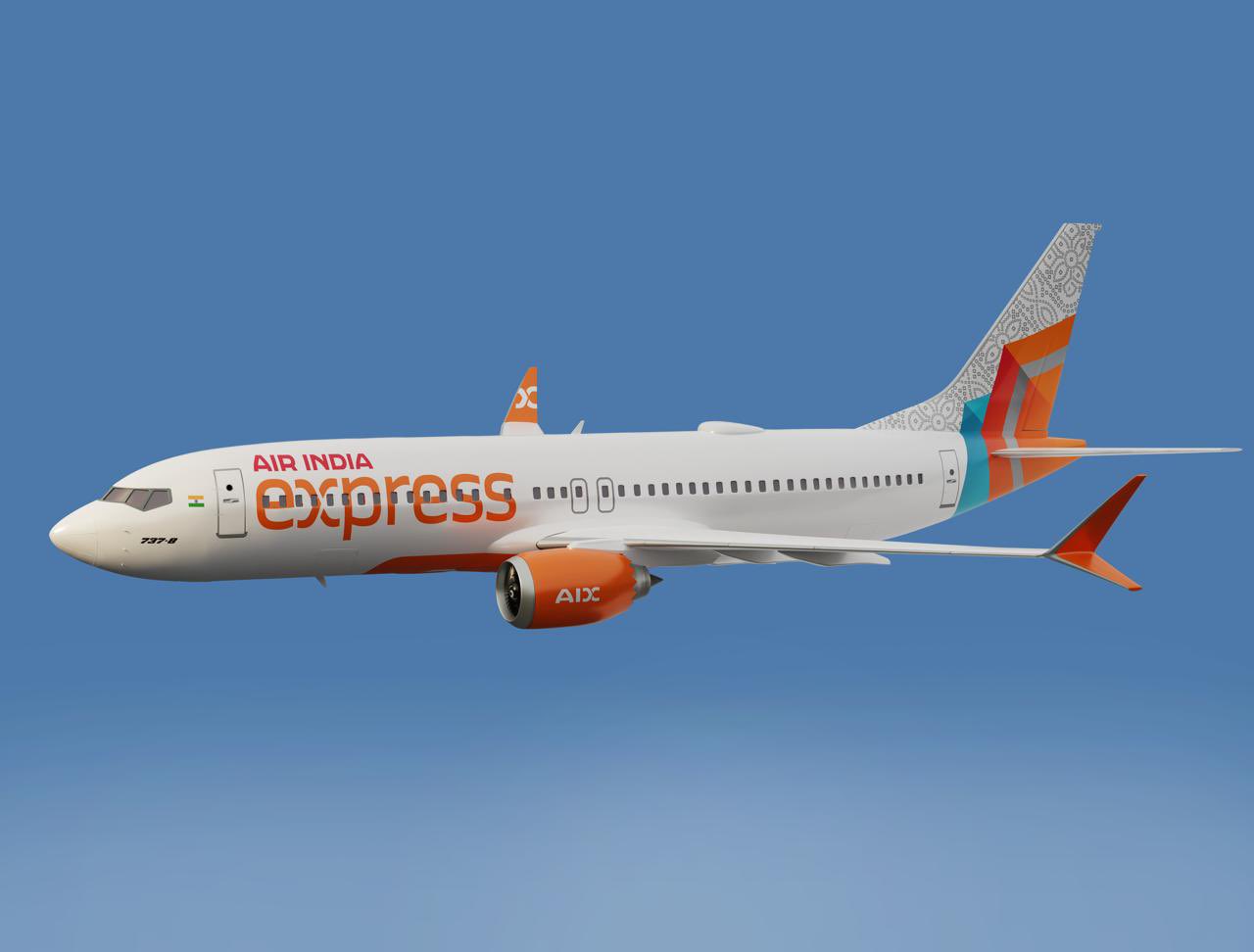
Comment